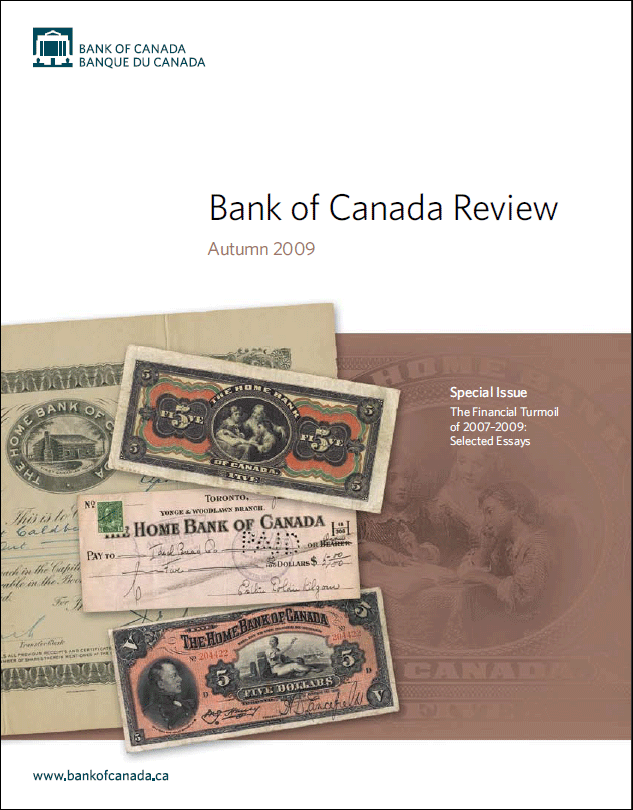Bank of Canada Review - Autumn 2009
Available as:
PDF
Bank of Canada liquidity actions in response to the financial market turmoil; understanding corporate bond spreads using credit default swaps; review of the conflicts of interest between participants in the securitization process highlighting the most recent policy measures and potential solutions for ameliorating these agency issues.
